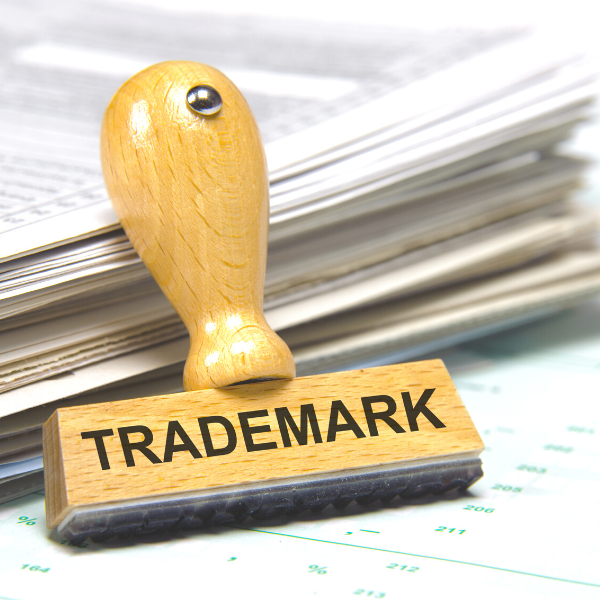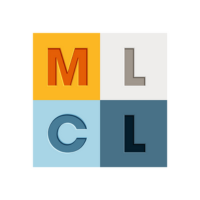The Trademark Modernization Act of 2020 (“TMA”) became law on December 27, 2020 and is on course to be fully implemented and take effect on December 27, 2021.
The Lanham Act is the primary federal trademark statute in the United States and it governs, among other things, what constitutes a registrable mark. The United States Patent and Trademark Office (USPTO) reviews federal trademark applications to ensure they satisfy all of the federal legal requirements under the Lanham Act. Most of the registration process is carried out exclusively between the applicant (usually a business) seeking registration and the USPTO with limited opportunities for third parties to object to the registration of a mark. The TMA has key provisions that update the Lanham Act and provide tools to businesses to protect their marks more effectively and efficiently both with applying for registration and in protecting their existing registrations.
The three key provisions of the TMA are: Formalizing a simpler and more affordable procedure for challenging the federal registration of a trademark; Authorizing discretionary shortened response deadlines to office actions; and Restoring a national presumption of irreparable harm, which lowers the standard of proof for trademark owners seeking to enjoin trademark infringement by their competitors.
1. Improved Tools to Challenge USPTO Filings
First, the TMA provides new tools to challenge USPTO trademark filings that are based on inaccurate claims of use. Previously, third parties’ opportunities and mechanisms to challenge filings were expensive, lengthy, and far from streamlined. The TMA (a) codifies the Letters of Protest system, (b) streamlines expungement procedures, and (c) establishes new grounds for re-examination of a registration.
Codified Letters of Protest
The existing Letters of Protest process provided a way for third parties to give the USPTO evidence about the registrability of a trademark in a pending application. However, Letters of Protest were rarely utilized. While they were a less expensive means to challenge a pending registration than an opposition proceeding, they remained a relatively obscure practice largely because any protest procedure was administered at the “discretion of the USPTO.”
Under the TMA, the process is formalized. A party may submit a Letter of Protest including arguments for grounds of refusing the mark, with evidence relevant to the proposed grounds, and a $50 fee. The Director of the USPTO then has two months to review and determine if this evidence will be included in the record. The Director’s decision on whether the evidence will be made of record is final and non-reviewable. However, the applicant may also raise any issues regarding the ground for refusal.
Takeaway: This tool provides a clear and definitive mechanism for third parties to submit relevant evidence on the registrability of marks. Trademark owners may want to consider utilizing trademark watch services to be alerted when potentially conflicting marks are filed, thus preserving their opportunity to file Letters of Protest which avoids the cost of challenging problematic marks in opposition or cancellation proceedings. Businesses should also be aware this process may make it more difficult as an applicant to secure a registration.
Ex Parte Expungement
Currently, third parties wishing to challenge registrations must do so through a cancellation proceeding at the Trademark Trial and Appeal Board (TTAB) or through a lawsuit in federal court. This was a particularly expensive and laborious process and, in the case of small businesses, often cost prohibitive.
The TMA establishes an ex parte expungement process where any third party can challenge a registration, either in whole or in part, where there are specific goods or services listed in the registration for which the trademark has never been used in U.S. commerce. This new procedure must be brought between three to ten years after the registration date.
Takeaway: For businesses looking to file a new application, it is important to make sure all the claimed goods and services are actually being provided. Including extraneous goods and services may expose your registration to the risk of cancellation, either in whole or in part.
In dealing with problematic prior registrations, businesses should investigate whether the registered mark has truly been used with all the affiliated goods and services. If it’s determined that they have not, petitioning to remove these marks may clear a path to obtaining your own registration.
Ex Parte Re-examination
Similar to the new expungement process, the TMA adds a new ground to invalidate a registration that was not used in U.S. commerce for some or all of the goods or services listed in the registration as of the “relevant date” in the application process. The TMA defines the “relevant date” as one of the following: (1) the initial filing date of a use-based application; (2) the date a statement of use was filed to satisfy the use in commerce requirement of an intent-to-use application; or (3) the period by which filing a statement of use expired.
Takeaway: As with expungement, businesses should be deliberate in selecting the goods and services they choose to include in their application to avoid risk of cancellation of their own marks and consider using this process when dealing with problematic existing registrations as well.
2. Shortened Office Action Response Deadlines
Currently, the standard response time allowed for applicants is six months for office actions. The TMA provides the USPTO the flexibility to assign shortened response times with the applicant able to extend up to the full six-month period. The expectation is this shortened response time will be utilized for simpler office action responses, but this remains to be seen. The intent seems to be to help streamline the application process and provide a clear and quick path for legitimate applications.
Takeaway: Businesses will need to pay attention to response deadlines or potentially incur fees in order to extend those deadlines.
3. Restoration of Presumption of Irreparable Harm
Prior to the TMA, there has been a circuit split in the courts on the standard for injunctive relief following the U.S. Supreme Court’s ruling in eBay Inc. v. MercExchange. 547 U.S. 388 (2006). A business seeking an injunction against an infringer must prove “irreparable harm,” but eBay eliminated a similar presumption of irreparable harm in patent cases. In trademark cases post-eBay, circuit courts have inconsistently applied the eBay standard to trademark infringement cases.
The TMA codifies a uniform standard of presumption of irreparable harm should be applied in trademark cases for injunctive relief. This reduces the evidentiary burden on businesses for obtaining injunctive relief to protect their trademark rights.
Takeaway: The lowered standard makes injunctive relief more readily available to trademark owners in defending the marks and protecting their trademark rights. Businesses may consider a more aggressive approach in using temporary injunctions in order to achieve a quicker resolution.
Conclusion
For most businesses, branding plays a key role in their success. It’s important to be familiar with these new provisions or consult an attorney to help you navigate them. The TMA affects the process to obtain a registration, steps necessary to maintain existing registrations, and the ways to enforce trademark rights. For small businesses in particular, it provides more affordable ways to obtain and protect their marks. Businesses wishing to discuss their trademark protection strategy should contact a McCarthy Lebit intellectual property attorney for a consultation and to discuss their options.

